Hunger Affects All Marylanders
Hunger weakens our state’s ability to thrive. But imagine a Maryland where children don’t struggle to learn, working families no longer debate how to manage bills, older adults aren’t hampered by limited mobility, and people in Communities of Color can overcome institutional barriers to food security. Give Now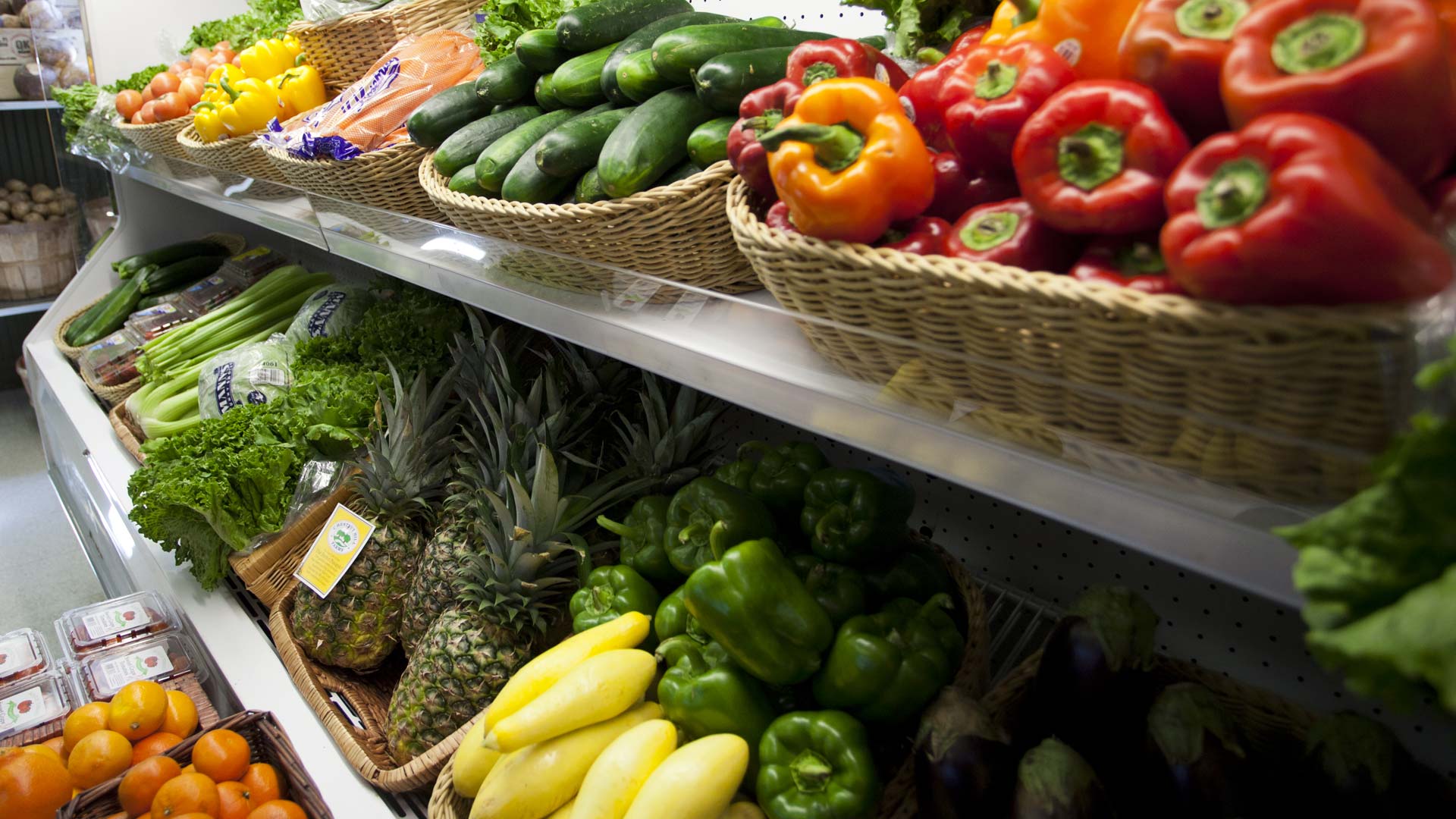
Maryland is still one of the wealthiest states in the nation, home to a diverse population of more than 6 million people, yet about one third of us may face hunger this year. But when we lift up our most vulnerable populations, the possibilities and opportunities for Maryland are limitless.
If we can increase access to healthy foods and nutrition education, more Marylanders may be able to avoid the crippling effects of diet-related health issues and can reach their academic and social potential.
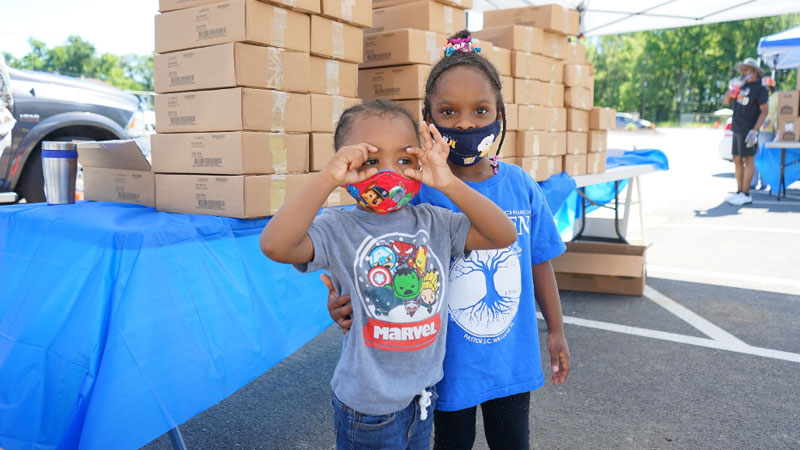
Hunger & Communities of Color
No Marylander should have to face hunger due to the color of their skin. People living in Communities of Color disproportionally face barriers that keep them trapped in generational cycles of poverty and hunger. Studies show these communities have a higher prevalence of chronic diseases like high blood pressure, heart disease, and diabetes.
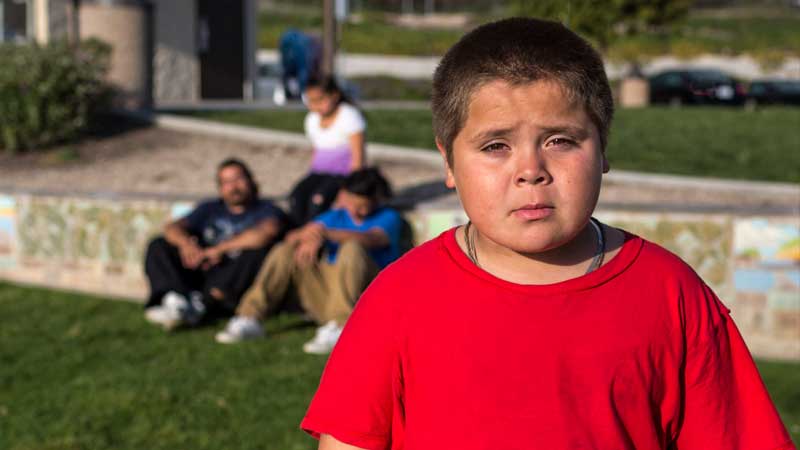
Hunger & Children
Food insecurity can have lasting effects on children and impact their ability to succeed in school and other activities. Studies have shown children who suffer from food insecurity have also reported they’d had trouble concentrating in school, had less energy for social interactions, experienced anxiety or depression and had more absences from school than other children.

Hunger & Older Adults
Marylanders should not have to face food-insecurity in their later years due to circumstances like inconsistent income, limited mobility, and poor health. Studies show that food-insecure older adults have an increased risk of poor health, struggle to manage health issues, and are likely to have higher health care costs.
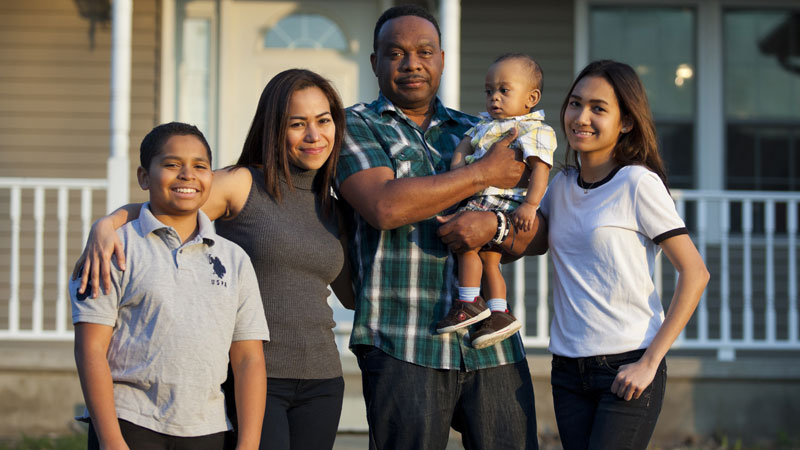
Hunger & Working Families
With today’s stagnant wages and the steadily rising cost of living, some individuals are working full time but still struggling to put food on the table. In fact, nearly 40 percent of food-insecure individuals in our service area earn too much to qualify for federal or state relief. This means that thousands of food-insecure Marylanders rely on the food bank and other forms of food assistance as they struggle to meet their basic needs.
Hunger in Maryland
- Hunger exists all across Maryland.
- Based on MFB’s Maryland Hunger Map analysis, approx. 2 million Marylanders may face hunger in 2025.
- Community partners offered neighbors access at 780 statewide sites (in FY24).
The Maryland Hunger Map
This resource is helping us do more for our neighbors, and we’re excited to have you explore the map to learn more about hunger.
Research and Reports
Find our latest original reporting and data-driven tools aimed at helping stakeholders and the public better understand and address the complexity of food insecurity in Maryland.
Latest News

Walmart Grant Helps Partners Rescue More Local Food
Thanks to a grant from Walmart, six Maryland Food Bank community partners have new trucks so they can rescue more food locally and share with their neighbors in need.
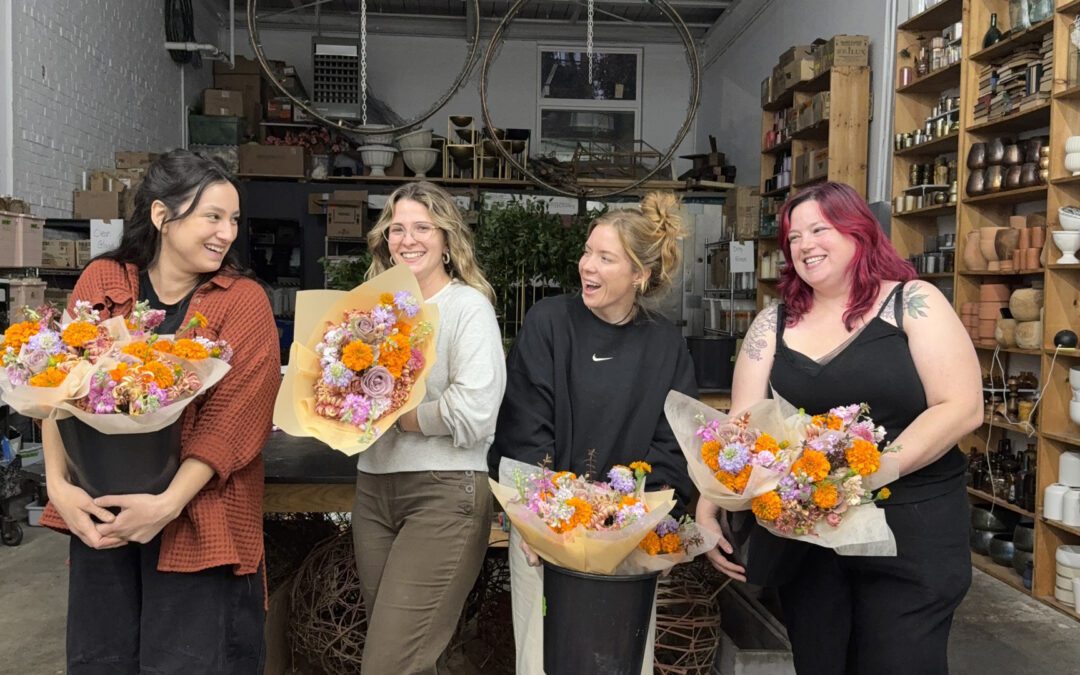
Small Business, BIG Impact: Thurman & Fig are Changemakers
Find out how Thurman & Fig, a local floral decor company is making a difference in northwest Baltimore by supporting local non-profits, and acting as Changemakers!
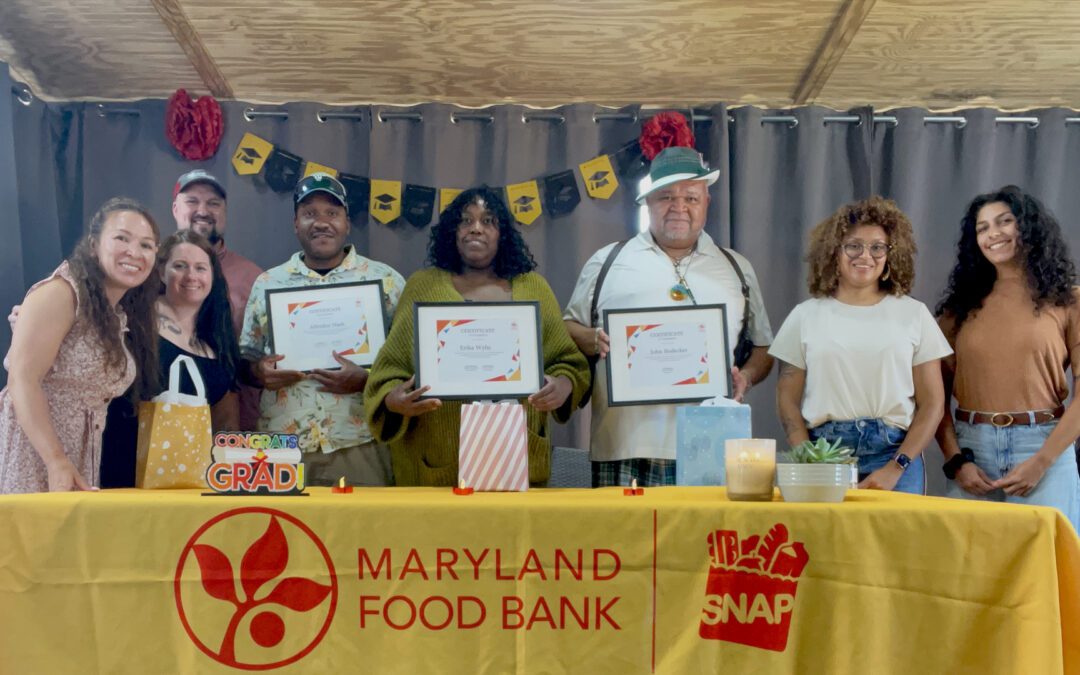
Expressions of Gratitude During the Holiday Season
Expressions of gratitude fuel our efforts to feed our neighbors in need, and we couldn’t feel more humbled. Find out what neighbors, partners, team members volunteers, donors, and Board members are showing gratitude for this year.
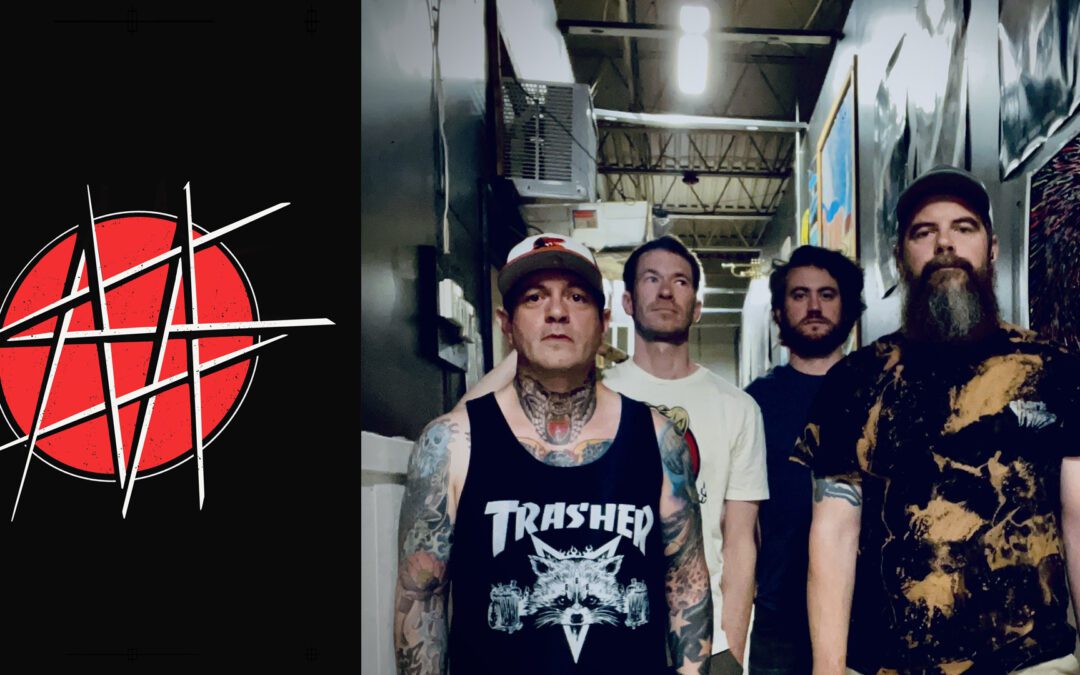
Mosh for Meals: Hardcore Punk Band Sick Move are Changemakers
Find how Baltmore’s own Sick Move and other hardcore punk bands raised food and funds for the Maryland Food Bank through “Mosh for Meals” at The Depot from the safety of your couch!






